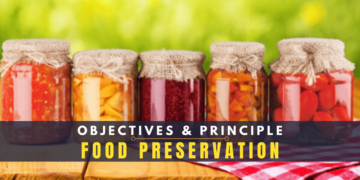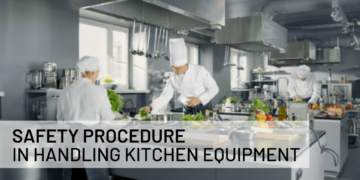By,
Mr. Manan Chakraborty.
Guest Contributor – Hospitality Connaisseur.
LinkedIn
“Water is becoming a scarce commodity”
Kalra of Ayurvet.
What is Aquaponics? It is a farming method that combines the benefits of aquaculture and hydroponics.
A nitrifying bacteria convert the wastes that fish produce. They then serve as an organic nutrient source for the plants. The water passes through a hydroponic plant growing section for filtration then recirculated back in the fish tank for reuse. With a natural ecosystem that recycles water continuously, an aquaponics system uses 90% less water versus traditional farming. Additionally, the system is self-sustaining which requires low maintenance and zero pesticides, fertilizers or herbicides.
The Aquaponics Systems are sustainable and environment-friendly, as there are no toxic wastes and run-offs from chemicals. Ultimately, this systems can help urban food growers maximize food yield. This is possible by harvesting both fish for a protein source and fresh plant produce. Aquaponics is putting ‘Fish’ to work. It just so happens that the work those fish do (eating and producing waste), is the perfect fertilizer for growing plants. And man, fish can grow a lot of plants when they get to work!
One of the best things about Aquaponics is that it mimics a natural ecosystem. It represents the relationship between water, aquatic life, bacteria, nutrient dynamics, and plants which grow together in waterways all over the world. Taking cues from nature, aquaponics harnesses the power of bio-integrating these individual components. Exchanging the waste by-product from the fish as a food for the bacteria, to be converted into a perfect fertilizer for the plants, to return the water in a clean and safe form to the fish. Just like mother nature does in every aquatic ecosystem.

Farmers and food producers across the country are discovering the benefits of aquaponics system as a sustainable and economical farming method.
Currently, the aquaponics market is experiencing steady growth. In 2017, the global aquaponics market was valued at $523.7 million, and the total global market value for aquaponics systems will likely reach $870 million by 2022. Commercial-scale food growers and urban backyard farmers contribute to the growth. If this trend continues, access to locally-grown fish and salad greens raised using economical and sustainable farming methods will increase.
Various studies surveyed the commercial aquaponics grower that it is profitable. Following are the reasons…
- Most operations use an aquaponics greenhouse, often in addition to another structure.
- The average size of the operations is 1,307 sq. ft. About 40% of operations are located at the growers home; the remainder were on commercial or agricultural zoned land.
- Most growers used a combination of two or more aquaponics systems (media beds, wicking beds, rafts, nutrient film technique, and vertical towers), with rafts and media beds being the most common.
- The median year that respondents had begun practicing aquaponics was 2010.
- 31% of respondents were profitable in the past year.
- 55% expected to be profitable within the next 12 months and most growers (75%) expected to be profitable in the next 36 months.
- For 70% of respondents, their commercial aquaponics operation was not the primary source of income.
Aquaponics is Natural and Sustainable.
Aquaponics is a completely natural process that mimics all lakes, ponds, rivers and waterways on Earth. The only input into this system is fish food. The fish eat the food and excrete waste, which is converted by beneficial bacteria to nutrients that the plants can use. In consuming these nutrients, the plants help to purify the water. You cannot use herbicides, pesticides or other harsh chemicals in an aquaponics system, making the fish and plants healthful and safe to eat.
A SWOT to know Aquaponics farming in India.

What Can You Grow?
The fish and plants that you select for your aquaponic system should have similar needs as far as temperature and pH. As a general rule, warm, fresh water fish and leafy crops, such as lettuce, greens and herbs will do the best. Most commercial growers raise leafy crops, but you can grow all kinds of plants in aquaponics. Lettuce, swiss chard, kale, collards, herbs, peppers, tomatoes, cucumbers, beets, radishes, carrots, green onions, leeks, beans, peas, kohlrabi, cabbage, broccoli, cauliflower, sunflowers, edible flowers, bananas, limes, oranges, lemons and pomegranates year’round in aquaponics!
Thus we can conclude with that as water is getting scarce day by day so by practicing Aquaponics the farmers recovers investment in 2-3 years. He saves on cost of feed, land, labour, and earns premium by supplying it to the Hotel Industry, Retail Industry, Super markets, who pays them a good rate for the product against the demand they have.





























